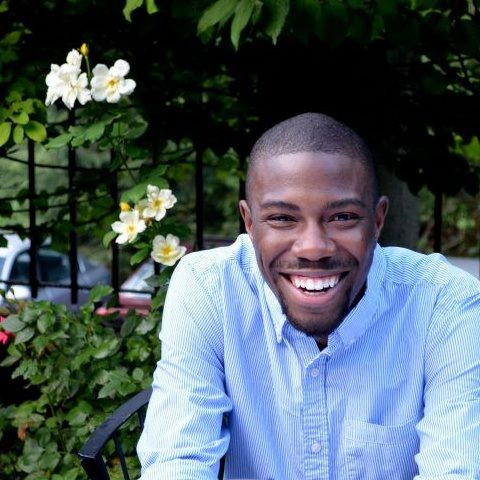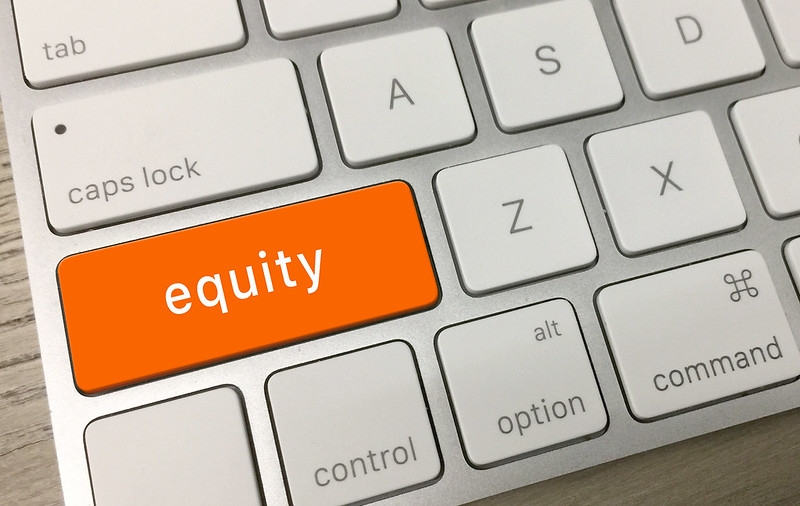Baltimore’s persistent economic and racial segregation — a constant reminder of its foundational role in redlining — is evident in the 96,000 households, or 40% of residents, living without wireline internet connectivity.
The city recently confronted this disparity by committing $35 million in American Rescue Plan Act (ARPA) funds toward its goal of ending the digital divide by 2030. Members of Baltimore Tracks, a coalition of local leaders that aims to improve racial equity in the city’s tech scene, explored just how this divide could be bridged over the course of a virtual panel yesterday.
The panel, titled “Building Baltimore‘s Digital Future Part 1,” was hosted by the coalition, whose over 40 members include some of the city’s best-known tech companies and employers. Panelists included PCs for People executive director Gary Bonner, Project Waves executive director Samantha Musgrave, Rowdy Orb.it CEO Jonathan Moore (all of whose entities tackle different components of the local digital divide) and City Council member Zeke Cohen, who has incorporated fighting digital redlining into his policy platform.
Each speaker took the opportunity to highlight the digital equity issues that they found most important, as well as how they are approaching those issues. Here are some of the panel’s main highlights:
Talent Pipeline in tech
“We see it in our own [Baltimore City Information Technology Office]: most of our workforce is not kids that grew up in Baltimore,” Cohen said. “And that’s a real shame.”
Both Project Waves and PCs for People address that issue by hiring local and building a talent pipeline through internships with employers that, as Project Waves has shown, often hire their interns.
PCs for People will soon unveil its cable network and cable installations (CNCI) service, which will hire, train and employ 350 Baltimore residents living on 200% below the poverty line. These hires will receive their CompTIA A+ and CNCI certifications while on the job, for which wages start at $18 per hour.
“We can’t wait for people to complete workforce development programs in the traditional sense,” Bonner said. “For us, we hire you, you come in as an apprentice, you work alongside other experienced people and then you take your certifications exams. We’ve demonstrated efficacy of that approach.”
Bonner noted that over the last few years of using an apprenticeship model, instead of a bootcamp or multiple months of classes, PCs for People has seen a 89% retention rate in their CNCI program. Moreover, 100% of companies’ employees that were sourced from the program are still living above the poverty line.
Rowdy Orb.it has career training to maintain the local wifi networks that Moore’s company helps build for communities enmeshed in Moore’s service model. Per the company’s mission, Moore ultimately aims to hand the ISP service over to the community that currently drives and uses it.
Digital navigators are coming
The Enoch Pratt Free Library system pitched funding these one-on-one tech support positions with ARPA money in November of last year. Digital navigators will teach residents how to use critical online services that help them obtain food, rent, education, employment, childcare and government benefits. Cohen confirmed that a digital navigators workforce development program is in development, with the Mayor’s Offices of Broadband and Digital Equity and Employment Development collaborating.
Reaching the disconnected
The COVID-19 pandemic rendered in-person and door-to-door outreach largely impossible. And email wasn’t exactly the best option to connect with those that didn’t have internet service.
The best strategy that Project Waves and Rowdy Orb.it found for community engagement has always been word of mouth. They often found that path into the community by partnering with organizations that communities already trusted
PCs for People used geofencing, which involves triggering an action when a device enters a set location. Essentially, the organization sent texts in a given location that offered its services.
“There’s a massive asset in human capital that we don’t have access to at this point,” Musgrave said. “And there’re a million ways organizations and partners can help to build resources for organizations like ours. That may just be latent capacity that you have sitting around, whether it’s a person, device or a part of a [fiber] network.”
Check out the full panel conversation below:
Donte Kirby is a 2020-2022 corps member for Report for America, an initiative of The Groundtruth Project that pairs young journalists with local newsrooms. This position is supported by the Robert W. Deutsch Foundation.Before you go...
Please consider supporting Technical.ly to keep our independent journalism strong. Unlike most business-focused media outlets, we don’t have a paywall. Instead, we count on your personal and organizational support.
3 ways to support our work:- Contribute to the Journalism Fund. Charitable giving ensures our information remains free and accessible for residents to discover workforce programs and entrepreneurship pathways. This includes philanthropic grants and individual tax-deductible donations from readers like you.
- Use our Preferred Partners. Our directory of vetted providers offers high-quality recommendations for services our readers need, and each referral supports our journalism.
- Use our services. If you need entrepreneurs and tech leaders to buy your services, are seeking technologists to hire or want more professionals to know about your ecosystem, Technical.ly has the biggest and most engaged audience in the mid-Atlantic. We help companies tell their stories and answer big questions to meet and serve our community.
Join our growing Slack community
Join 5,000 tech professionals and entrepreneurs in our community Slack today!

The person charged in the UnitedHealthcare CEO shooting had a ton of tech connections

The looming TikTok ban doesn’t strike financial fear into the hearts of creators — it’s community they’re worried about

Where are the country’s most vibrant tech and startup communities?



